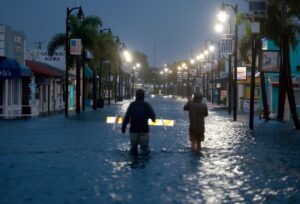Property Values Fall When Nearby Wind Projects Start, Then Recover
A new paper finds that properties within a mile of a proposed wind farm see an average decrease of 11 percent when a project is announced and constructed, compared to properties located three to five miles away. But the difference returns to zero within a few years such that properties within a mile of a project have values that are indistinguishable from those three to five miles away.












